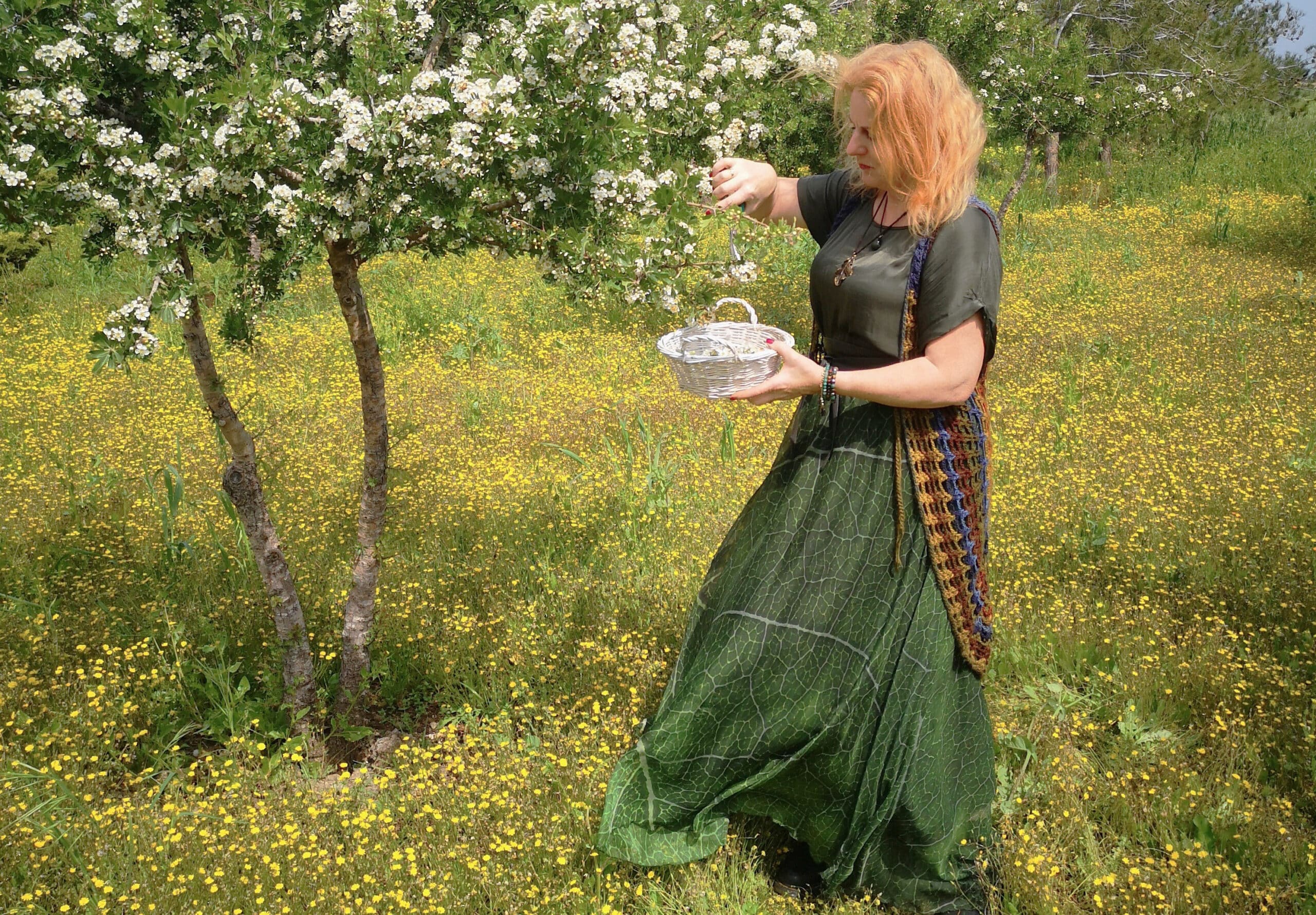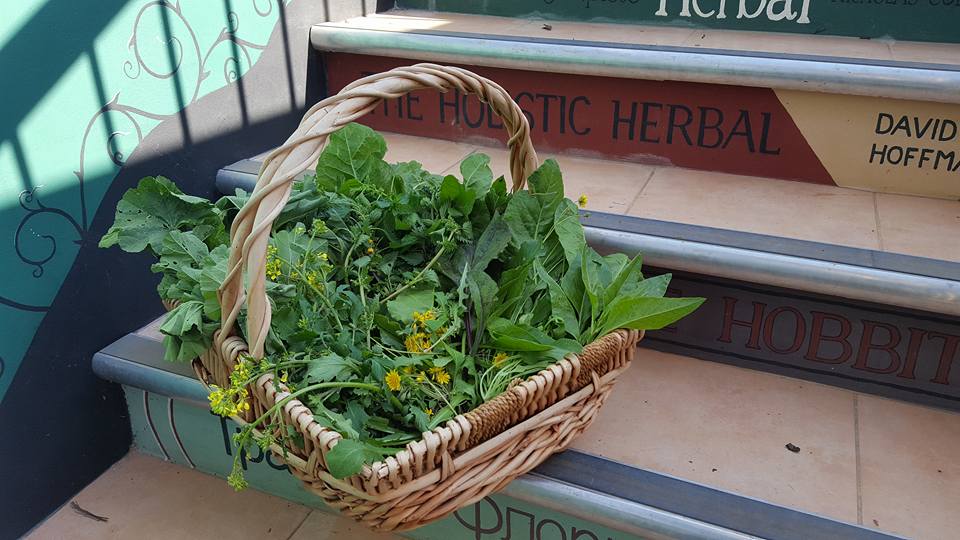‘In times of need, this land feeds its people. For those who know where to look, there’s always been food.’ Alix Norman unearths the long-lost lore of our past
Remember your grandparents’ village home?
There was an olive tree, wasn’t there? Maybe a lemon or orange too. Grapevines curled above the courtyard, shading the long, hot summers. And, on the thyme-strewn hillsides, perhaps there were beehives overflowing with rich, golden honey.
This was the way of life back then: food was homegrown and healthy. In spring, there were crisp artichokes and luscious beans. Summer brought juicy figs and melt-in the-mouth melons. By autumn, pomegranates burst from the trees; purple grapes hung from the vine. And with winter came crunchy carrots and bright black olives.
People lived as they had for thousands of years, existing off the land, coexisting with the seasons…
“Cyprus provides. It has always provided,” says Miranda Tringis. “In times of need, this land feeds its people. For those who know where to look, there’s always been food. Even in the depths of winter…”
A professional herbalist and owner of Cyherbia Botanical Park, Miranda has been in Cyprus for 35 years. She’s tied to the land in a way our ancestors would have understood: living seasonally; connected to the earth beneath her feet. And, at this time of year, she’s often to be found in the hills or the fields, doing something our forebears would have recognised only too well: foraging.
“Studies have shown that Cypriots were complementing their winter diet with wild greens as far back as the Neolithic period,” she explains. “At this time of year, when we most need the extra nutrients, wild edible plants grow all over the island, gifting us with a boost of vitamins and minerals to keep us healthy.”
For our ancestors, foraging for wild greens (or ‘horta’ in Greek) was a family effort that saw ancient wisdom passed on from mother to daughter, father to son.

Miranda foraging
“Families would head out to the fields together, armed with handwoven baskets and simple knives,” Miranda reveals. “They knew exactly where to find wild greens; which plants were good and tasty and which were inedible or poisonous. And then they’d use them in very simple recipes, blanching the greens and serving them laced with lemon juice and olive oil, or stuffing them into hortopita pies.
“Nowadays,” she adds, “we have access to food throughout the year. But, in times gone by, things were very different. Back then, neighbours bartered homegrown fruit and vegetables for eggs or fish or a bit of meat on special occasions. They ate what the season yielded. And they knew how to live off the land.”
This was a knowledge that couldn’t be found in books. Instead, it was passed on from generation to generation within the community.
“People would forage in their local area, mainly because they had no means of transportation,” says Miranda. “Those who lived near fields could find mallow, white mustard, bladder campion and fiddle dock. People in the hills would forage for dandelion and mushrooms. And anyone close to streams of water could find cresses and pennyroyal.”
During times of scarcity or trouble, this knowledge could mean the difference between life and death.
“As recently as the 1974 invasion, foraging for wild foods was a matter of survival for many families,” Miranda acknowledges. “With entire communities uprooted from their homes, access to food became a critical issue. Their orchards and vineyards were gone; money was tight; and whatever food could be bought often wasn’t affordable.
“But those who knew how to forage could supplement their diet with the bounty of the land.”
When Miranda first arrived from the Netherlands in the 1980s, her parents-in-law still practised foraging. “They’d lived a large part of their lives in poverty,” she explains. “But they knew what to do.
“I remember my mother-in-law taking me to the fields a few miles outside Larnaca. She showed me what greens to pick, which part of each plant to gather. And then, back home, she taught me how to prepare them. She had no idea what nutrients each plant contained. But she knew exactly what was healthy and good to eat.
“‘They’re good for you,’ my mother-in-law would say. And that was all one needed to know!”

A basket of greens foraged in Cyprus
Years later, this enchantment with local plants led Miranda to pursue the path of a herbalist; to experiment with recipes made from the island’s edible greens and medicinal herbs. And now, she’s intent on keeping the botanical wisdoms of our past alive.
“Every February, I host workshops on the wild edible greens of Cyprus,” she explains. “And over the last few years, I’ve noticed a real resurgence of interest in foraging. I think we’re feeling the need to reconnect with nature, with tradition. And also, we’re beginning to realise the dangers of processed products, the nutritional benefits of clean food.”
Mallow (malva silvestris), white mustard greens (sinapis alba), bladder campion (silene vulgaris), wild asparagus (asparagus acutifolius), fiddle dock (rumex pulcher) and wild artichoke (cynara comigera) are just a few of the wild greens our ancestors would have enjoyed.
“All are much higher in nutritional value than most cultivated greens,” says Miranda. “They’re ideal for detoxifying, strengthening and nourishing both body and mind. The very act of foraging feeds the soul: you learn to look at the land in a different way, appreciate the gifts of nature.
“You get to step off the beaten track and explore your own island. You learn not to forage from roadsides that are polluted by cars; streets where there’s animal waste; or cultivated fields sprayed with pesticide. You learn which plants are poisonous and which are edible – do the leaves oppose each other or grow in a rosette? Are they smooth or serrated, hairy or shiny?
“This ancient knowledge was once commonplace,” she concludes. “But like so much else, it’s being lost to time.
“So when we forage Cyprus’ wild greens and incorporate them into our recipes, what we’re actually doing is rekindling our connection with the past, finding our roots.
“We begin to live in a way our ancestors would have understood. And we become one with this land, a true part of Cyprus.”
Usually priced at €9.99, Miranda’s comprehensive ebook Wild Greens of Cyprus is available to readers of the Cyprus Mail FOR FREE. You can download the book here: https://shorturl.at/lEJZ3







Click here to change your cookie preferences